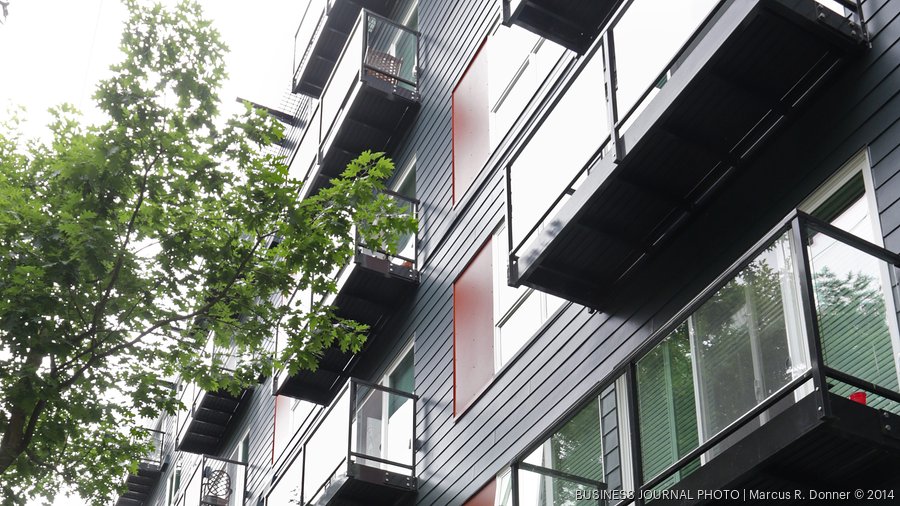Originally published: Puget Sound Business Journal
A joint venture of Timberlane Partners and STARS REI is the new owner of Ballard’s Koi Apartments, a 166-unit asset at 1139 NW Market St.
The $55.5 million price is well below replacement cost, and $1.5 million less than what the then newly opened six-story property sold for 10 years ago to a group affiliated with CBRE Investment Management. Public recordings from May 2014 show the buyers financed the purchase of the two-building asset with a $28.5 million from Prudential Insurance.
Getting a new loan in today’s high-interest rate environment would be costly.
“We can’t speculate on CBRE Investment Management’s exact motivations, all we know is we got an unbelievable deal,” Jake Leibsohn, a partner at Timberlane, wrote in an email to the Business Journal.
It’s a rare sale in a torpid market and, according to Leibsohn, a prime example of the massive shock that the rise in interest rates has caused.
The Koi is 96% leased and the average rent for market-rate units is $3.09 per square foot, according to the the new owners. The property also offers reduced rents through the city’s multifamily tax exemption program.
Since the property last traded hands, market rents in Ballard have grown by more than 28%, according to CoStar.
The JLL Capital Markets Investment Sales and Advisory team David Young, Corey Marx, Chris Ross, Jordan Louie and Michael Lyford represented both the buyer and seller.
This is the joint venture’s second Ballard acquisition in as many months. Earlier, Seattle-based Timberlane and Chile-headquartered STARS REI paid $45.2 million for the 132-unit Wilcox. The price was 25% less than the previous sale in 2018.
The JV paid an average of $337,000 per unit for the two assets. Timberlane’s Jon Hallgrimson said that’s 40% of replacement cost.
Over the last 14 months, Timberlane has been one of the more active investors, acquiring over 750 units worth $200 million in the Seattle area and elsewhere.
This bullishness is rooted in an expectation of a sharp recovery over the next three years as interest rates stabilize, open-ended core funds reenter the market and a steep decline in multifamily production.
